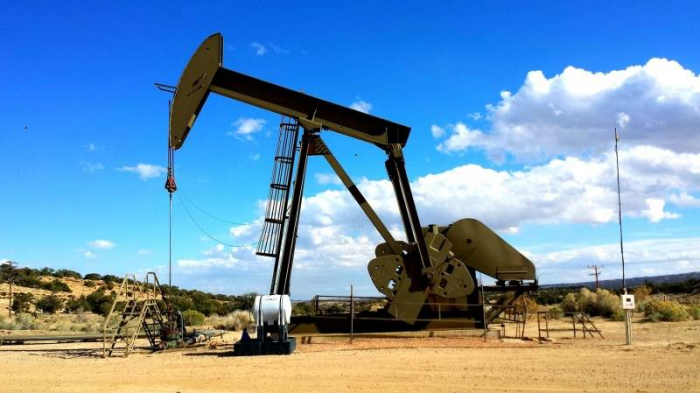Brent crude futures gained 42 cents, or 0.5%, to $86.48 a barrel by 0022 GMT. The contract touched its highest since Oct. 3, 2018 - $86.71 - earlier in the session.
U.S. West Texas Intermediate crude was up 62 cents, or 0.7%, at $84.44 a barrel, after hitting $84.78, the highest since Nov. 10, 2021, earlier in the session.
The gains followed a rally last week when Brent rose 5.4% and WTI climbed 6.3%.
Frantic oil buying, driven by supply outages and signs the Omicron variant won't be as disruptive as feared for fuel demand, has pushed some crude grades to multi-year highs, suggesting the rally in Brent futures could be sustained a while longer, traders said.
"The bullish sentiment is continuing as (producer group) OPEC+ is not providing enough supply to meet strong global demand," said Toshitaka Tazawa, an analyst at Fujitomi Securities Co Ltd.
"If (investment) funds increase allocation weight for crude, prices could reach their highs of 2014," he said.
The Organization of the Petroleum Exporting Countries (OPEC) and its allies - OPEC+ - are gradually relaxing output cuts implemented when demand collapsed in 2020.
But many smaller producers can't raise supply and others have been wary of pumping too much oil in case of renewed COVID-19 setbacks.
U.S. crude oil stockpiles, meanwhile, fell more than expected to their lowest levels since October 2018, but gasoline inventories surged due to weak demand, the Energy Information Administration said on Wednesday.
Concerns over supply constraints outweighed the news of China's possible oil release from reserves, Fujitomi analyst Tazawa said.
Sources told Reuters China plans to release oil reserves around the Lunar New Year holidays between Jan. 31 and Feb. 6 as part of a plan coordinated by the United States with other major consumers to reduce global prices.
















































